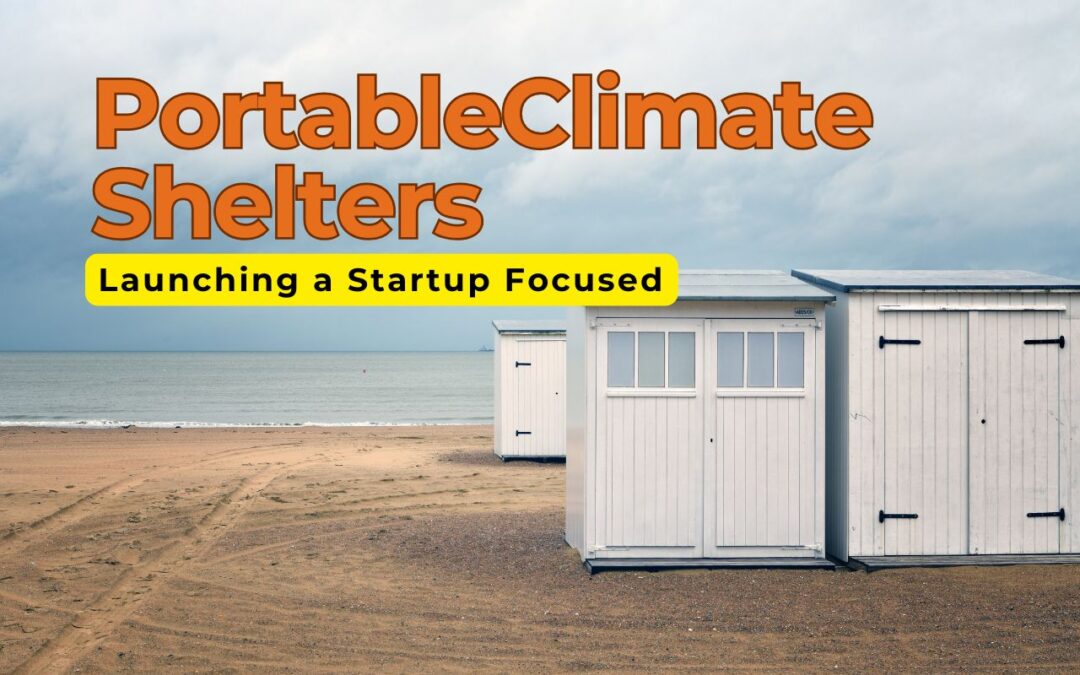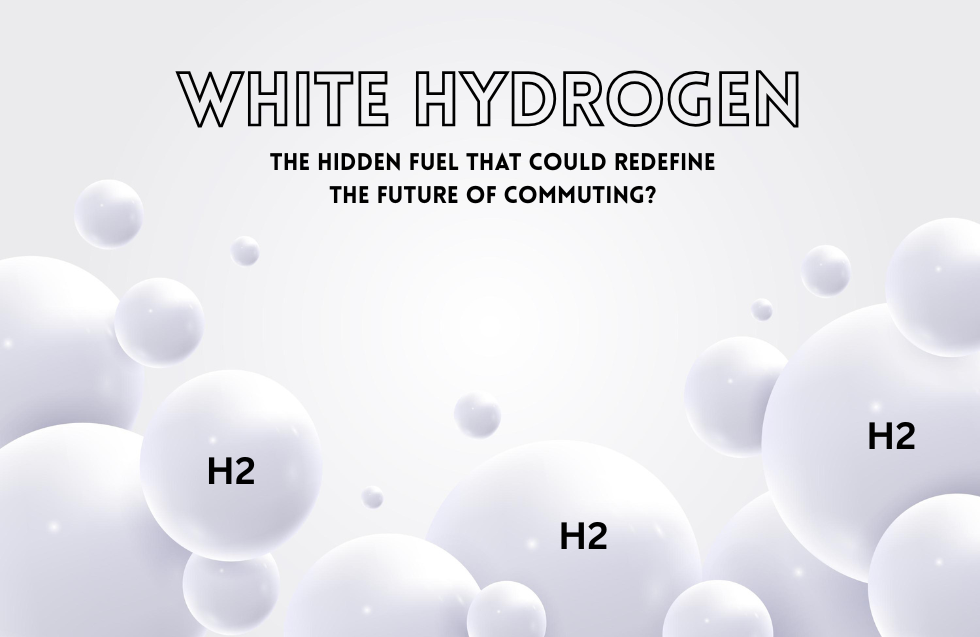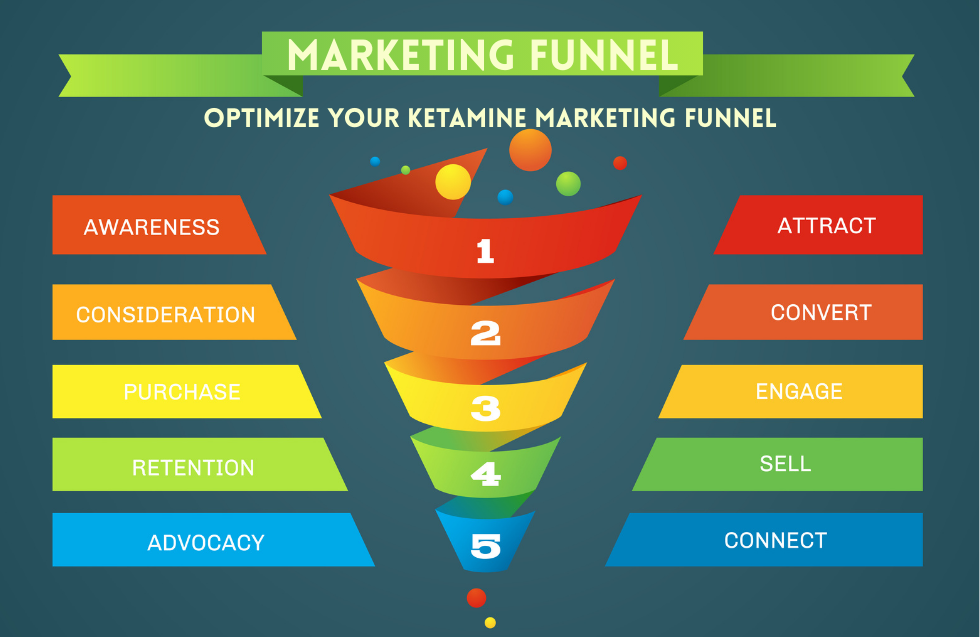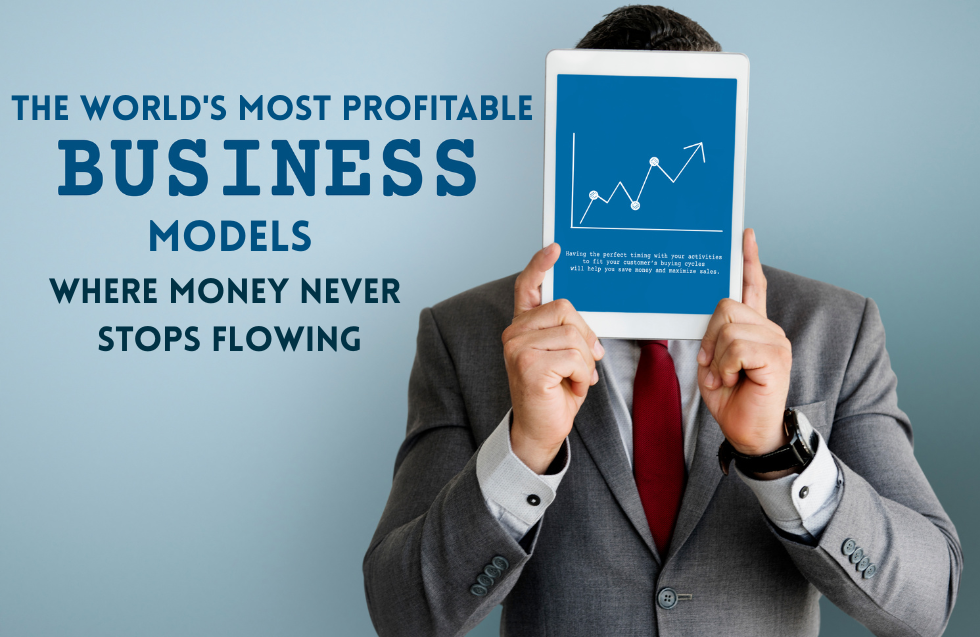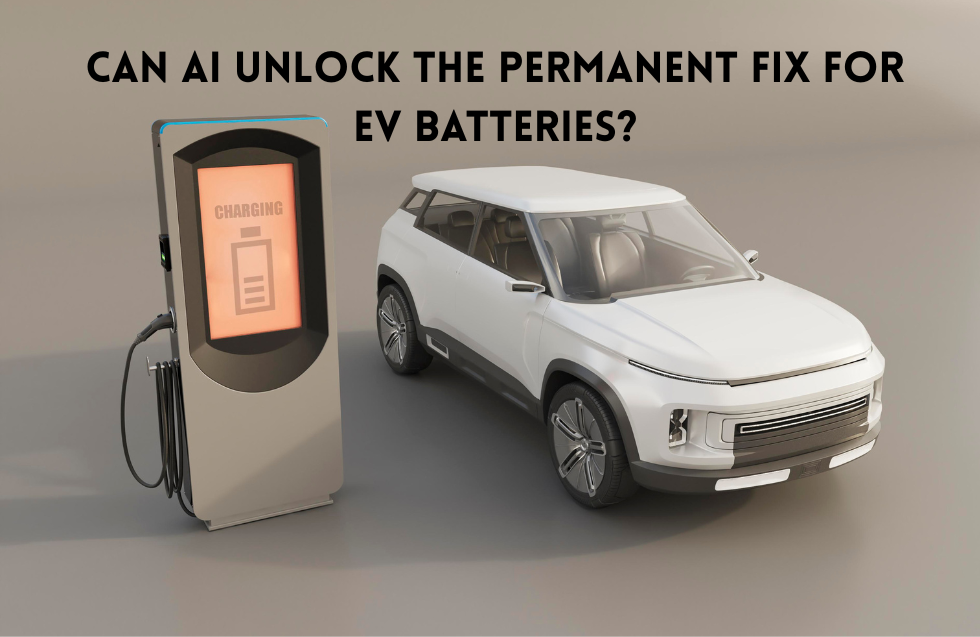In a world touched increasingly by climate change, temporary climate shelters are becoming more than a necessity— they’re a vital tool for human survival. Whether in areas ravaged by disasters or in urban centers rapidly losing natural land, the need for portable, climate-resilient, temporary shelters is growing exponentially. If you are an entrepreneur or innovator interested in starting a new venture dedicated to portable climate shelters, you are entering not only a realm of opportunity but also one of importance.
But where do you begin? What should you be aware of before you start building a business around portable shelter solutions? This guide will take you through the essential information, planning tools, and business considerations you will need to think like a portable climate shelter entrepreneur and establish a portable climate shelter startup that makes a difference!
1. Identifying the Need for Portable Climate Shelters
Climate change effects – extreme heat, floods, hurricanes, and displacement – are exacerbating the situation for vulnerable people. These portable shelters for extreme weather are essential for emergency response agencies and refugee organisations, and off-grid communities.
These shelters must be:
- Mobile/lightweight/portable
- Weather resilient extremes
- Scalable/modular
- Quick and easy to put up/take down.
The challenge of developing these portable climate shelters comes with balancing the competing elements of innovation, cost, and functionality. An area in which new start-ups can shine with imaginative designs.
2. Determine Who Will Use Your Product
Before spending time or money on a portable shelter strategy, you will want to identify who could best benefit from your product. A portable shelter start-up could serve:
- Disaster relief NGO or emergency responders
- Government and Defence sectors
- Refugee support programs
- Organisations working with homelessness outreach
- Outdoor adventure or eco tourism
- Climate-vulnerable rural communities.
Identifying your target market lets you identify features that may address the problems, intended costs, and logistics of your design based on their community/audience-specific problem.
3. Focus on Innovation and Sustainability
Most shelter start-ups today are finding solutions in the areas of portability, sustainability, and climate-based.
- Solar-powered ventilation and/or lighting
- Water collection and filtration
- Thermally insulated or recyclable materials
- Collapsible and container-based designs
Keep in mind, you are not just selling a product, as you’re selling climate adaptation infrastructure. You should be committed to providing green portable shelter solutions through your designs.
4. Create a Sustainable Business Model
Your business model illustrates how your portable shelter startup operates and how it will produce revenue. Here are a few key models:
- Direct Sales: Direct sales to government agencies or NGOs.
- Leasing Models: Leasing the shelters to relief agencies or events.
- Subscription-based access: for shelters being used in seasonal or emergency deployments.
- Partnership Models: partnering with construction companies or urban planners.
Be sure to include pricing models to suit the affordability expectations in your unique market, particularly if serving public sector or nonprofit clients.
5. Finding Funding
Like other physical product business models, there are the upfront costs of launching a climate shelter startup, in order to manufacturing, R&D, and logistical costs. Here is how to tackle funding:
- Apply for climate-tech startup grants.
- Make a pitch to both impact investors, and venture capitalists, as well.
- Crowd-fund via Fortune or Indiegogo.
- Use partner agreements with NGOs or universities to run pilot programs.
If the climate-resilient shelter business plan you are creating shows social impact, scalability, and sustainable long-term demand, you can attract both capital and credibility.
6. Formulate for Scale and Adaptability
Part of the greatness of portable climate shelters is their inherent flexibility. Whether your shelter is for single-person emergency use or temporary housing for vulnerable families, you require scalable designs.
Also think of:
- Optional add-ons such as solar kits, sanitation modules, or medical units
- Compatibility with shipping standards
- Local adaptability (Can it operate in tropical heat and humidity, Or snowy, high latitude regions?)
- Designing scalable shelters is not just a technical issue; in heavier, emerging markets, there is potential for competitive advantage.
7. Standardization and Certification
In order to sell or provide climate shelters worldwide, you will need to comply with many local building codes, fire codes, and humanitarian regulations.
Specifically, ensure your shelters:
- Conform to those outlined by UNHCR, FEMA, or the Red Cross
- Comply with ISO safety certifications
- Use materials that are compliant with international shipping and use
Failing to meet applicable standards can hinder mainstream usage, particularly for institutional buyers.
8. Logistics, Manufacturing, Distribution
To be successful, it doesn’t matter how smart your designs are; execution of production and distribution is equally important.
Ask yourself:
- Will you manufacture shelter in-house or outsource?
- Can the shelter be manufactured locally in regions where they are manufactured?
- How will you store, ship, and deliver shelters on short notice?
It is important for a startup in this space to create an agile and effective supply chain, especially when your customers need immediate delivery during climate emergencies.
9. Branding and Storytelling
In an industry driven by both impact and performance, your brand narrative is important. Investors, partners, and buyers want to feel an emotional connection to the “why” of your product.
- Tell the stories of communities affected by climate change
- Explain your sustainable practices
- Be transparent with messaging about pricing, materials, and production
To become a name people know in the portable climate shelter industry, you need to be clear, authentic, and impact-focused.
10. Start cheap, validate, and scale
Don’t wait until you have the perfect product to launch and go directly to customers. There are plenty of ways to create a minimum viable product (MVP) and put it in front of early users; NGOs, camps, or at university disaster drill simulations, it doesn’t matter.
Feedback from material environments in reality is very valuable to your designing process as it reduces financial costs and helps determine usability. Once you have a proof of concept, you can then scale to other markets and territories.
Conclusions:
In establishing a portable climate shelter business, it is more than just a product; it is the creation of safety, dignity, and resilience amidst uncertainty. Climate extremes continue to disrupt lives across the planet, and the future of shelter and survival will increasingly be mobile, smart, and scalable. If you can mix the right creative combination of mission and execution, you will be creating a startup that could be a part of solving the great challenges of this generation. It won’t be easy. But it will be impactful.
